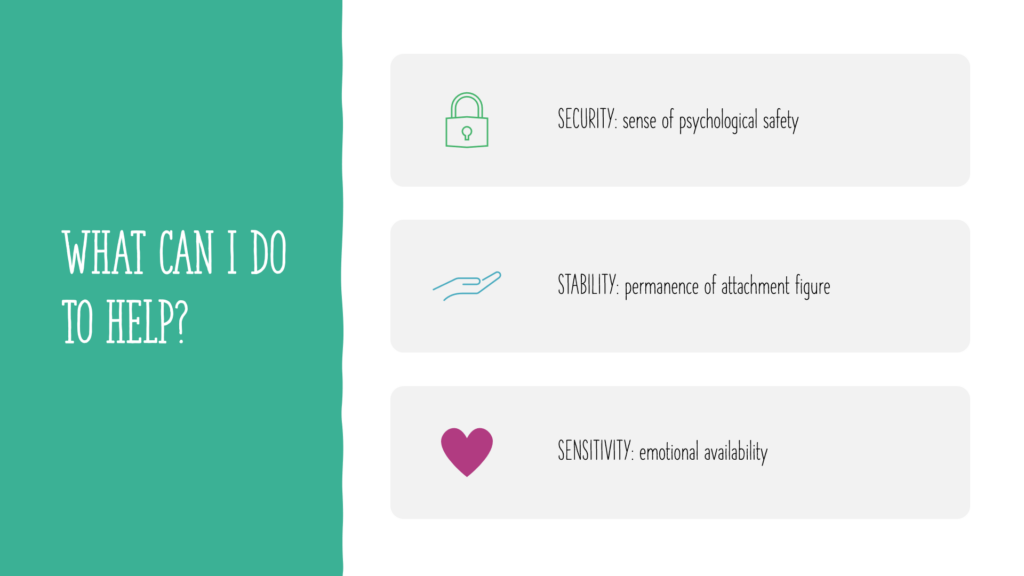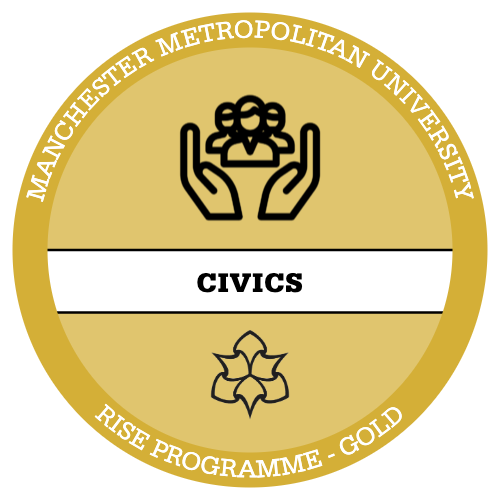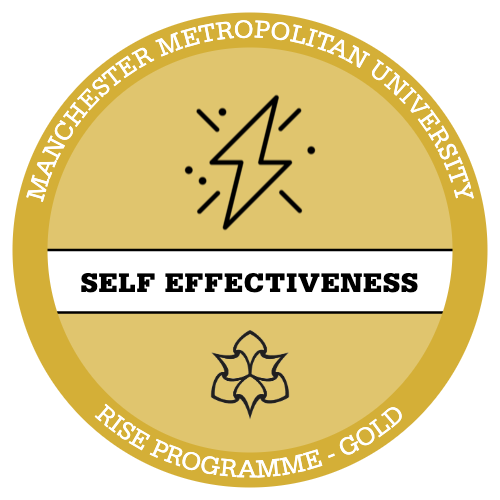Introduce
Understanding attachment styles, and thinking about how we might apply these ideas with the babies and children we interact with, is such an important concept for parents, caregivers and early years practitioners.
The following video focuses on attachment and bonding and is part of the Your Baby and You series, created by the Greater Manchester Perinatal and Parent Infant Mental Health Programme. It aims to help parents & caregivers to understand why attachment matters and gives value to the everyday interactions which build secure attachments.
Develop
Take some time to read through the following booklet which has been created for early years workers working with young children under five – be it in a nursery, hospital, community or family setting. This gives you clear guidelines of how to use and apply the learning behind attachment ideas in your daily approach to working with babies & children.
This booklet explains in simple terms:
- what exactly an ‘attachment informed’ approach to childcare is;
- how you can use attachment ideas in your practice to support positive relationships with the children in your care;
- what you should look out for if you are concerned about a child’s attachment style in your setting; and
- how you can support parents and carers to develop healthy and strong relationships
So what can you do to help support attachment? Think through the following 3 Ss when reflecting on your approach:

Reflect
Stop and Reflect: We can use attachment theory to think about whether children are trying to seek relationships or avoid them. Understanding a child’s attachment behaviours can help shape the response of those supporting young children.
– What interventions could be used if children are resistant to building relationships of trust with key adults?
– How might you work with a child who is very reliant on adult relationships within an early years setting and struggles to play or engage with other tasks?
You’ve been introduced to lots of new ideas around attachment theory and patterns of behaviour. Take some time to record your learning on a mind map. Try to use images, colours and key quotes to summarise your learning






